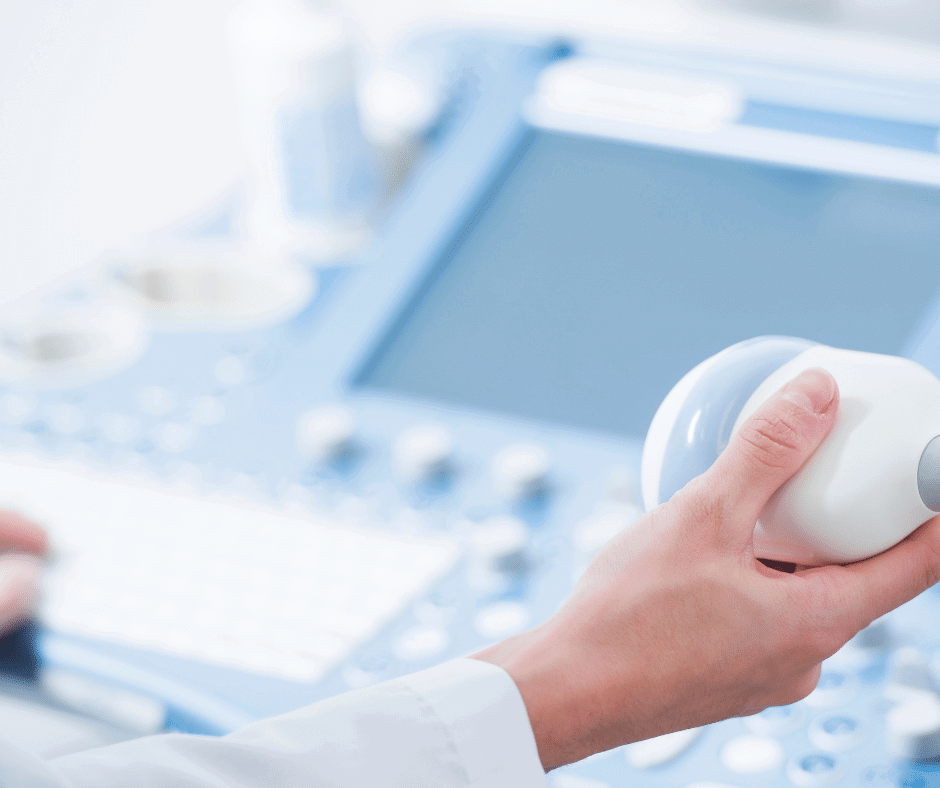As mentioned in our Classification and Grouping Guide, there are a series of rules to consider when classifying and grouping medical devices. The above-mentioned rules are fully explained in Appendix II – Supplement of medical devices of the Mexican Pharmacopeia (FEUM).
In this article we will focus on explaining strategies to classify and group an ultrasound equipment (portable and non-portable) following simple general rules and explaining some particularities that can be found according to our everyday experience.
General characteristics of an Ultrasound system
Most Ultrasound systems are sold with a set of transducers that get in contact with the patient. These transducers are not generally sold sterilized and they vary in sizes depending the type of image the user needs to take or the anatomical site the transducer was manufactured for.
On the other hand, Ultrasound manufacturers tend to sell these machines in different models. Most of the main differences are related to algorithms or the different tasks the system can do. Another key variation is the transducers each model can work with.
Finally, we have seen a trend in the market for portable ultrasound devices. These products basically consist of a single piece that includes the transducer, processor and a cable or wireless interface to display the image in a mobile, tablet or any other digital screen.
Every point described so far has regulatory implications that we will explain in the following section.
Classification according to the level of risk
Ultrasound equipment by its nature are classified as equipment intended for diagnosis and according to their level of risk are generally classified as Class II – Rule 10. The same is applicable for portable versions.
Grouping for Sanitary Registration purposes
The classification for an Ultrasound system looks easy but grouping can be challenging.
The first point to consider is that Ultrasound systems can be grouped in the same Sanitary registration if they:
- are made by the same manufacturer,
- have the same brand name or trademark and the same intended use and
- are manufactured with the same materials and technology.
When there are different models, and if they vary by its algorithms and/or type of transducers, they generally can be grouped in the same registration. Even though the technology is not strictly the same, it is understood that algorithms can be eventually updated to fully operate in a system.
On the other hand, if the system includes invasive transducers, such accessories must be registered separately as a class II device (based on rule 5).
Regarding the portable ultrasound systems, these cannot be grouped with the non-portable. In such cases, the general grouping criteria prevails.
Thanks for reading this article, if you have any question about this topic, feel free to contact us at contact@veraqueconsulting.com or check our guidelines.

